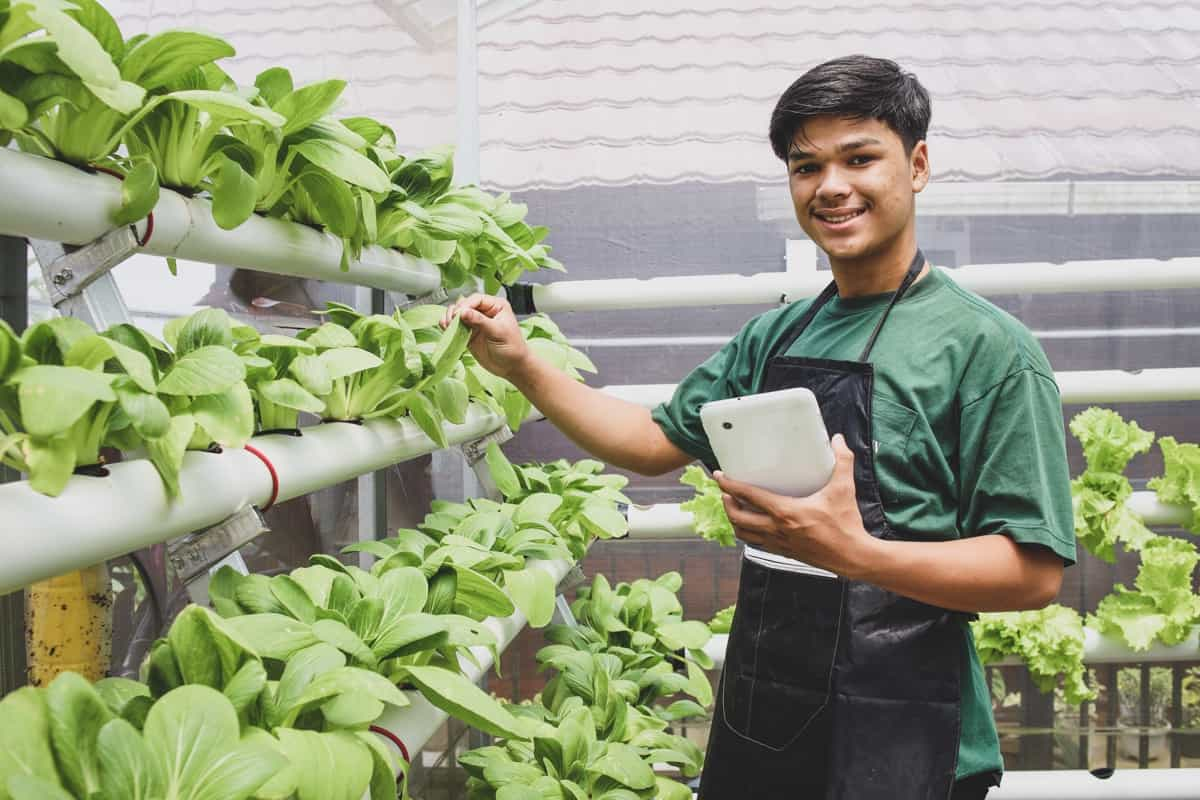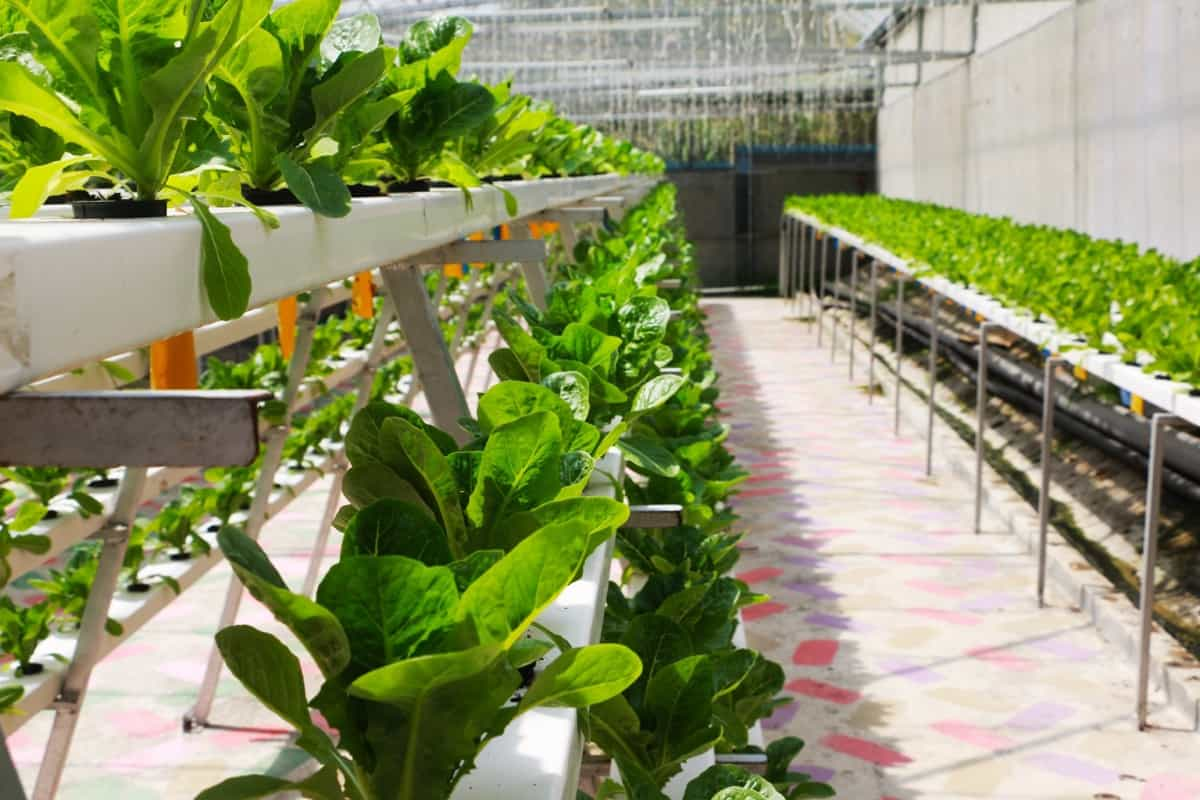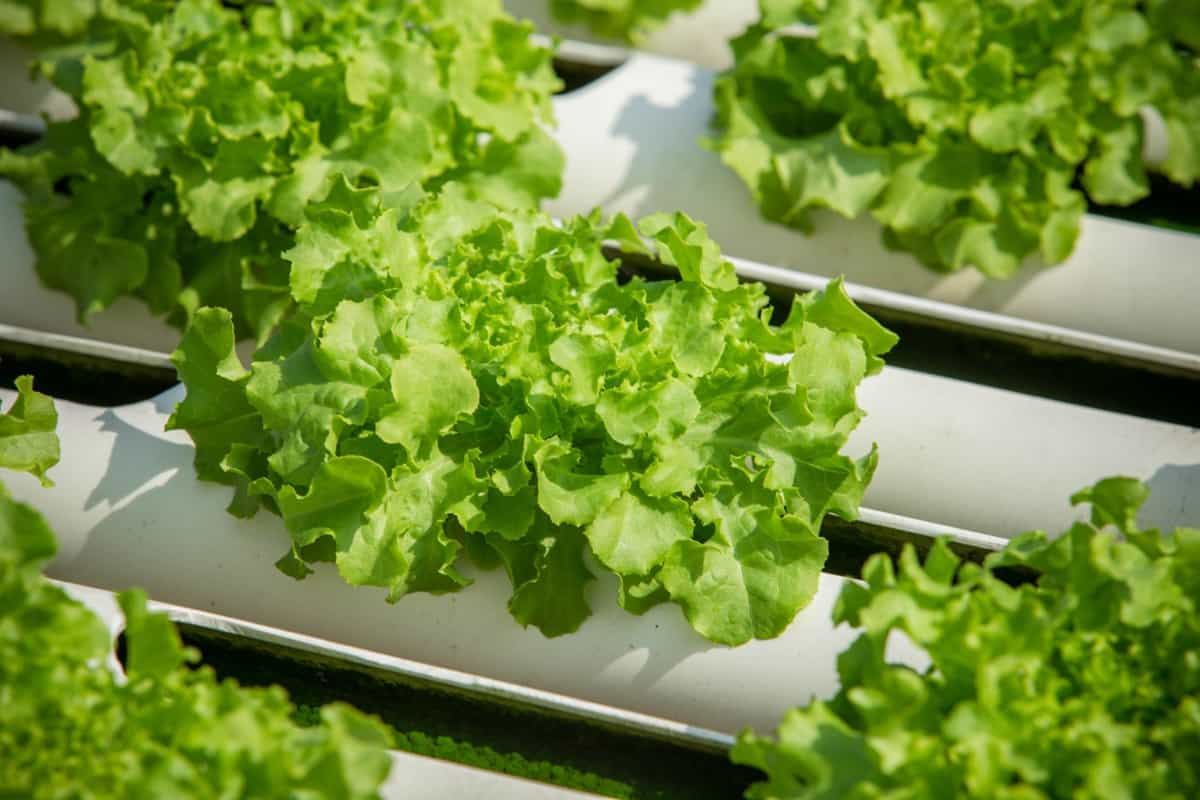Welcome to our blog, where we’ll dive into the exciting world of low-cost DIY hydroponics setups. Are you eager to grow fresh produce but don’t want to break the bank? Look no further! This article’ll guide you through building your own hydroponics system on a budget. From choosing the right materials to setting up the perfect environment for your plants, we’ve got you covered. Get ready to unleash your inner gardener and discover how to cultivate bountiful harvests without draining your wallet.

What is Low-cost DIY Hydroponics?
Low-cost DIY hydroponics refers to the practice of creating hydroponic systems using inexpensive materials and methods. It allows individuals to cultivate plants without soil, using nutrient-rich water solutions. According to research, hydroponics can yield 30-50% higher crop production than traditional soil-based methods. DIY hydroponics offers a cost-effective and space-efficient way to grow vegetables, herbs, and other crops, making it an attractive option for urban and small-scale farming.
Benefits of Low-cost DIY Hydroponics Setup
A low-cost DIY hydroponics setup offers numerous benefits. It provides an optimal plant environment, resulting in faster growth and higher yields than traditional gardening. Additionally, hydroponic systems use significantly less water, conserving resources. These setups can be tailored to fit small spaces, making them ideal for urban gardening.
With hydroponics, you can cultivate plants year-round, independent of seasonal constraints. Furthermore, hydroponics minimizes pest and disease risks, accelerates harvesting cycles, allows precise nutrient control, and is a valuable educational tool for learning about plant biology and sustainable agriculture practices.
Best DIY Materials Required for Low-cost DIY Hydroponics Setup
- PVC Pipes: PVC pipes are versatile and inexpensive, making them ideal for constructing hydroponic systems. They provide sturdy support for plant growth and can be easily cut and assembled.
- Plastic Containers: Repurposed plastic containers, such as buckets or storage bins, make excellent hydroponic reservoirs. They are cost-effective and readily available, providing ample space for nutrient solutions.
- Net Pots: Net pots, typically made of plastic or mesh materials, hold plants in hydroponic systems. They allow roots to access oxygen and nutrient-rich water while providing stability. These pots can be purchased at affordable prices or made using recycled materials.
- Growing Media: Lightweight and cost-effective growing media options include perlite, vermiculite, or coconut coir. These materials provide excellent water retention and aeration properties for healthy root development.
- Air Stones and Air Pumps: Oxygenation is crucial in hydroponics. Air stones and pumps ensure continuous oxygen supply to the nutrient solution, promoting plant growth. These items are available at reasonable prices.
Budget-friendly Hydroponic Gardening Equipment
- Grow Trays: Opt for plastic or recycled materials trays that are durable and affordable.
- Air Pumps and Air Stones: Look for budget-friendly options for sufficient oxygenation for your hydroponic system.
- pH Meter and TDS Meter: Invest in reliable but low-cost meters to accurately monitor the pH levels and nutrient concentration of your nutrient solution.
- Submersible Water Pump: Choose a cost-effective pump that can efficiently circulate the nutrient solution throughout your hydroponic setup.
- Net Pots: These inexpensive pots are essential for supporting the plants and allowing the roots to access the nutrient solution.
- Timers: Use affordable timers to automate your hydroponic system’s lighting and watering cycles.
- Water Chiller: Consider cost-effective water chillers when growing plants in warm climates or experiencing high temperatures.
- Air Filters: Install affordable air filters to maintain a clean and healthy for your plants.
- Drip Irrigation System: Opt for low-cost drip systems that deliver nutrient-rich water to your plants in a controlled manner.
- Thermometer and Hygrometer: Monitor the temperature and humidity levels accurately with budget-friendly thermometers and hygrometers.
Inexpensive Hydroponic Supplies for Small Spaces
- Vertical hydroponic systems: Utilizing vertical space efficiently, these systems allow for multiple plant layers, maximizing productivity in small areas.
- Nutrient Film Technique (NFT) systems: NFT systems use a thin film of nutrient-rich water to give plants nutrients. These systems are cost-effective, easy to set up and require minimal space.
- Aeroponics: This advanced hydroponic technique suspends plant roots in the air and mists them with a nutrient solution. It is highly efficient and suitable for small spaces due to its vertical design and compactness.
- PVC pipe systems: PVC pipes can be transformed into affordable hydroponic systems by drilling holes for plants and adding a nutrient reservoir. They are customizable and ideal for small spaces.
Low-cost Hydroponic Nutrient Solutions
Importance of Nutrient Solutions in Hydroponics
Nutrient solutions provide essential elements for plant growth in hydroponic systems. They ensure plants receive all the necessary nutrients for healthy development.
Essential Nutrients for Hydroponic Plants
- Primary macronutrients: Nitrogen (N), Phosphorus (P), and Potassium (K).
- Secondary macronutrients: Calcium (Ca), Magnesium (Mg), and Sulfur (S).
- Micronutrients: Iron (Fe), Manganese (Mn), Zinc (Zn), Copper (Cu), Boron (B), Molybdenum (Mo), and Chlorine (Cl).
In case you missed it: Hydroponic Fertilizer Schedule: Organic, Liquid, and Slow-Release

DIY Low-cost Hydroponic Nutrient Solutions
- Homemade nutrient solutions can be cost-effective alternatives.
- Balanced nutrient solutions can be created using household ingredients and commercially available components.
Homemade Nutrient Solution Recipes
- Basic recipe: Mix 1 gallon of water, one teaspoon of calcium nitrate, one teaspoon of Epsom salt (magnesium sulfate), and adjust pH if necessary.
- Adjust the nutrient ratios based on plant needs and growth stages.
Monitoring and Adjusting Nutrient Levels
Monitor the solution’s pH levels and nutrient concentrations regularly. Adjust the solution by adding specific nutrients or water to maintain optimal levels.
Affordable Hydroponic Grow Lights
Regarding DIY affordable hydroponic grow lights, a few options can provide sufficient light for your plants without breaking the bank. One popular choice is compact fluorescent lights (CFLs), which are energy-efficient and emit a balanced spectrum of light suitable for plant growth.
Another option is LED grow lights, which have become more affordable in recent years. LED lights offer a longer lifespan and can be customized to provide specific light wavelengths needed for different stages of plant growth. Additionally, T5 fluorescent lights are another cost-effective choice for hydroponic setups, providing ample light for optimal plant development.
Budget-friendly Hydroponic Grow Tents
Regarding DIY budget-friendly hydroponic grow tents, there are several options to consider. One cost-effective solution is using PVC pipes and plastic sheeting to create a frame and cover for your grow tent. This can provide a sturdy structure at a fraction of the cost of commercial grow tents.
Another option is repurposing old cabinets or shelves by adding reflective materials and sealing gaps to create an enclosed growing space. Additionally, utilizing Mylar blankets or emergency blankets can help enhance light reflection within the grow tent, maximizing the efficiency of your lighting system. By employing these DIY methods, you can achieve a functional and affordable hydroponic grow tent without compromising plant growth and development.
Cheap Hydroponic Containers and Reservoirs
When it comes to DIY hydroponics, choosing the right containers and reservoirs doesn’t have to be expensive. There are various cost-effective options available that can provide an ideal growing environment for your plants. One popular choice is using repurposed containers such as plastic buckets, storage bins, or even large PVC pipes. These containers can be easily obtained cheaply or even for free.
Additionally, you can opt for inexpensive plastic totes or trays specifically designed for hydroponic systems. It’s important to ensure that the containers are sturdy, have good drainage holes, and are of an appropriate size for your plants’ root systems. As for reservoirs, large food-grade containers, such as water barrels or storage drums, can be utilized effectively. Clean and sanitize any used containers properly before use to prevent contamination.
Low-cost Hydroponic Growing Media Options
When it comes to low-cost hydroponic growing media options, there are several affordable and effective choices available. One popular option is coconut coir, a natural fiber derived from coconut husks. It is lightweight, retains moisture well, and provides good aeration for plant roots. Another cost-effective alternative is perlite, a lightweight volcanic rock with excellent drainage.
Vermiculite is another option that helps retain moisture and provides insulation for roots. Additionally, consider using expanded clay pellets, which are lightweight, pH-neutral, and provide good drainage. Rockwool, made from melted rock fibers, is another inexpensive choice that offers excellent water retention and root support. Finally, peat moss mixed with perlite or vermiculite can be a low-cost growing medium.
Affordable Hydroponic Seedling Starter Kits
Regarding hydroponics, starting your seedlings right is crucial for healthy plant development. Luckily, you don’t need to spend a fortune to get started. DIY affordable hydroponic seedling starter kits offer cost-effective solutions for providing optimal growing conditions. These kits typically include trays or cubes made from rockwool, coco coir, or peat moss, providing a stable and nutrient-rich environment for seed germination.
The kits may also include a humidity dome or cover to create a controlled microclimate, promoting faster and more successful germination. Additionally, some DIY kits offer adjustable LED grow lights designed specifically for seedlings. These lights provide the necessary spectrum and intensity for optimal growth while being energy-efficient.
Inexpensive Hydroponic Water Pumps and Filters
When it comes to DIY hydroponics systems, having an efficient water circulation and filtration system for the health and growth of your plants. Consider your hydroponic setup’s flow rate and head height requirements when selecting a water pump. A popular and cost-effective option is the submersible water pump, which efficiently circulates water through the system.
These pumps are available in various sizes and capacities, allowing you to choose one that suits the scale of your setup. For filtration, mechanical filters are an inexpensive but effective solution. These filters help remove debris and solid particles from the water, ensuring a clean and nutrient-rich solution for your plants.
In case you missed it: Mastering Hydroponic Components: A Comprehensive Guide to Building a Successful System

Consider adding a simple activated carbon filter to enhance water quality by removing impurities and odors. Regularly clean and maintain your water pump and filters to ensure optimal performance and prevent clogging. You can achieve efficient water circulation and filtration in your DIY hydroponics system by selecting affordable yet reliable options and maintaining them properly.
Conclusion
Building a low-cost DIY hydroponics setup doesn’t have to drain your wallet. With affordable materials and creative solutions, you can embark on a budget-friendly hydroponic adventure and enjoy the rewards of fresh and sustainable homegrown produce. Happy gardening!
- Feed Your Flock for Less: Top 10 Tips to Save on Chicken Feed
- Ultimate Guide to Ossabaw Island Hog: Breeding, Raising, Diet, and Care
- Hatching Answers: The Top 10 Reasons Your Chickens Aren’t Laying Eggs
- Eggs and Economics: Breaking Down the Cost of Raising Backyard Chickens
- Defend Your Greens: Proven Methods to Keep Iguanas Out of Your Garden
- Ultimate Guide to Cinnamon Queen Chicken: A Comprehensive Guide for Beginners
- Ultimate Guide to California Tan Chicken: Breeding, Raising, Diet, Egg-Production and Care
- Ultimate Guide to Marsh Daisy Chicken: Breeding, Raising, Diet, and Care
- 10 Types of Chicken Farming Businesses You Can Start for Profits